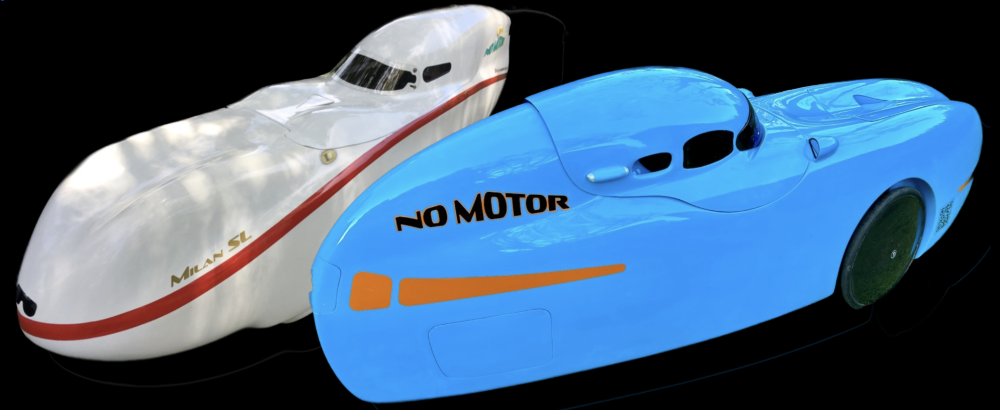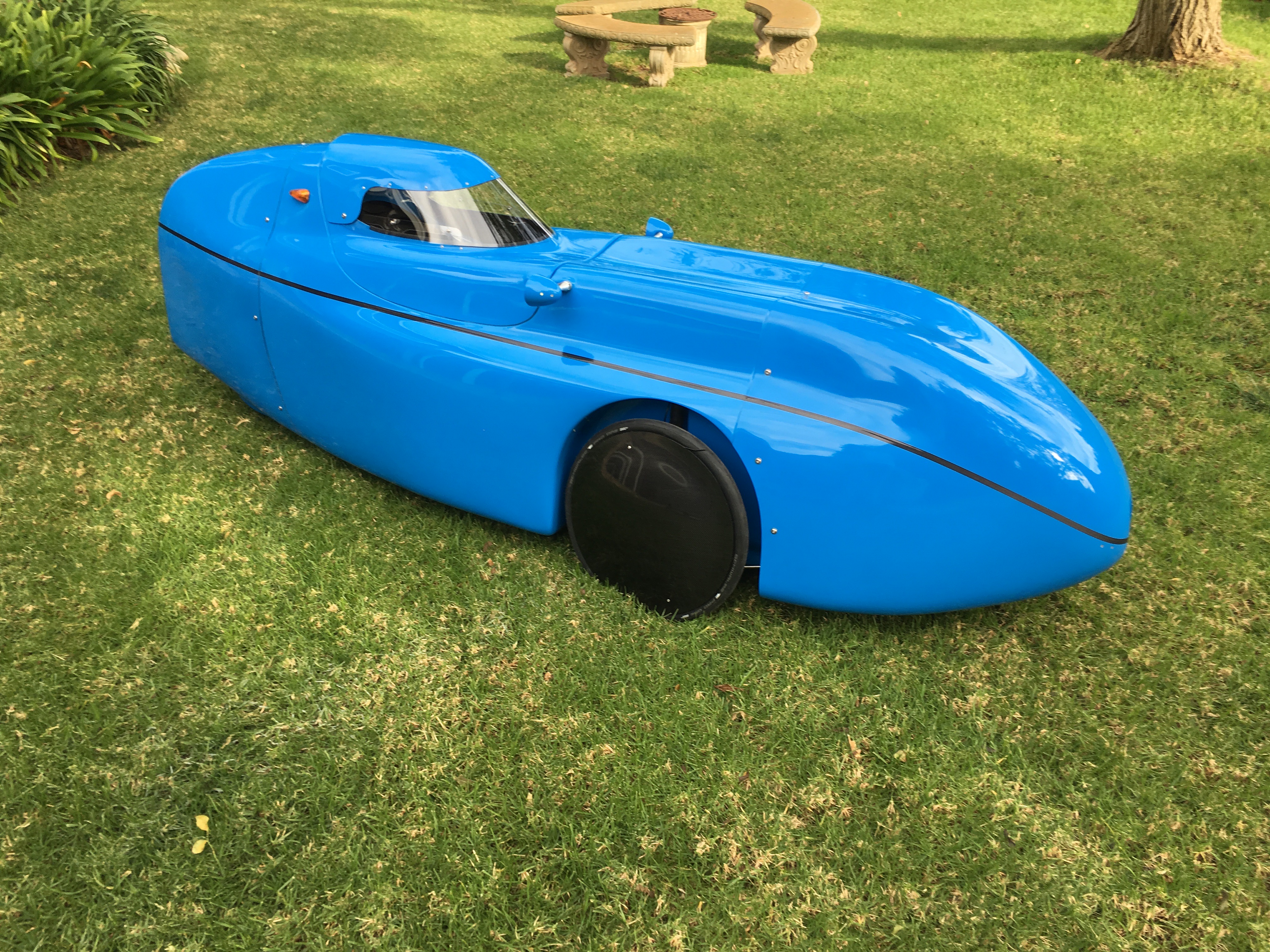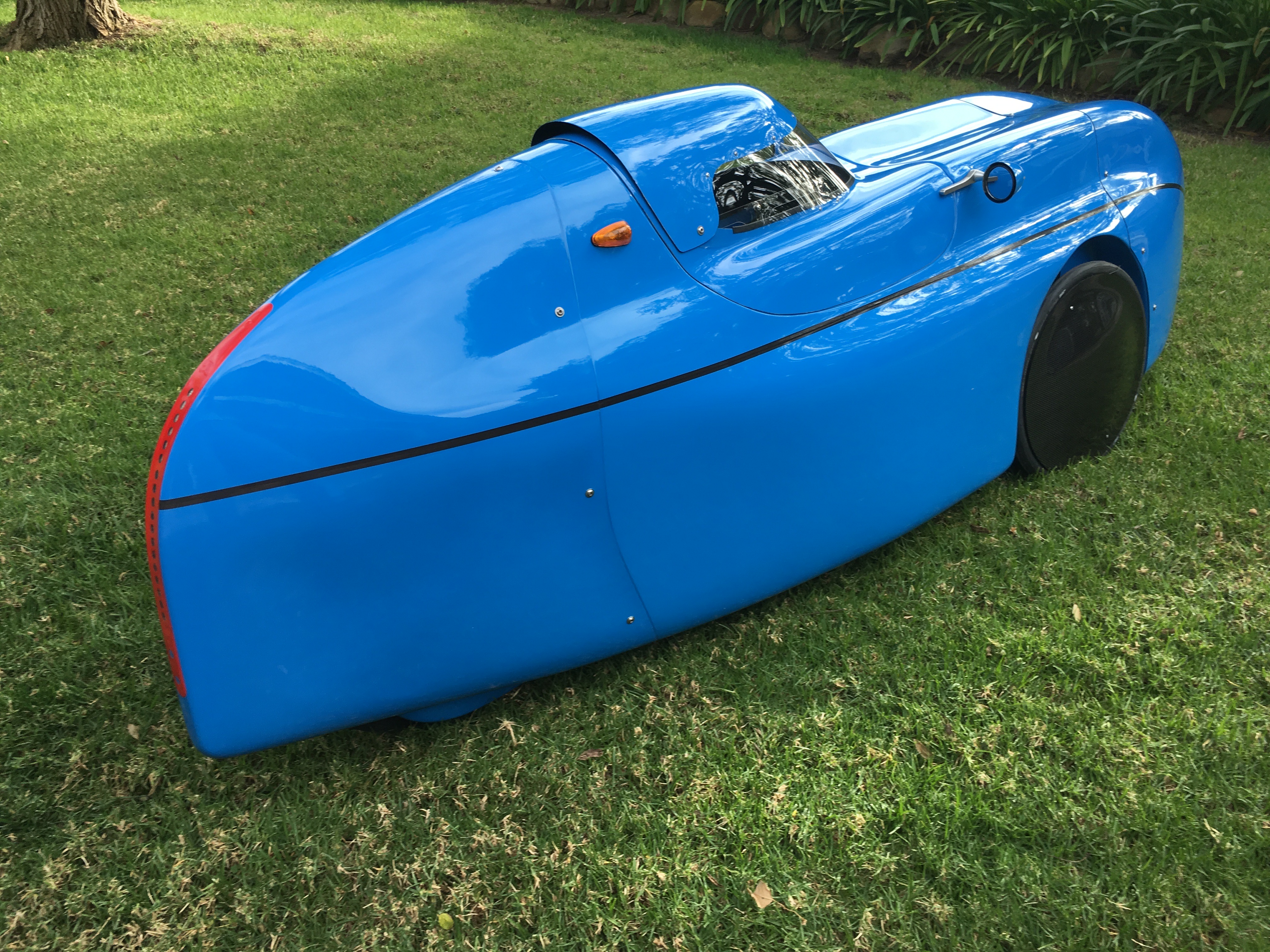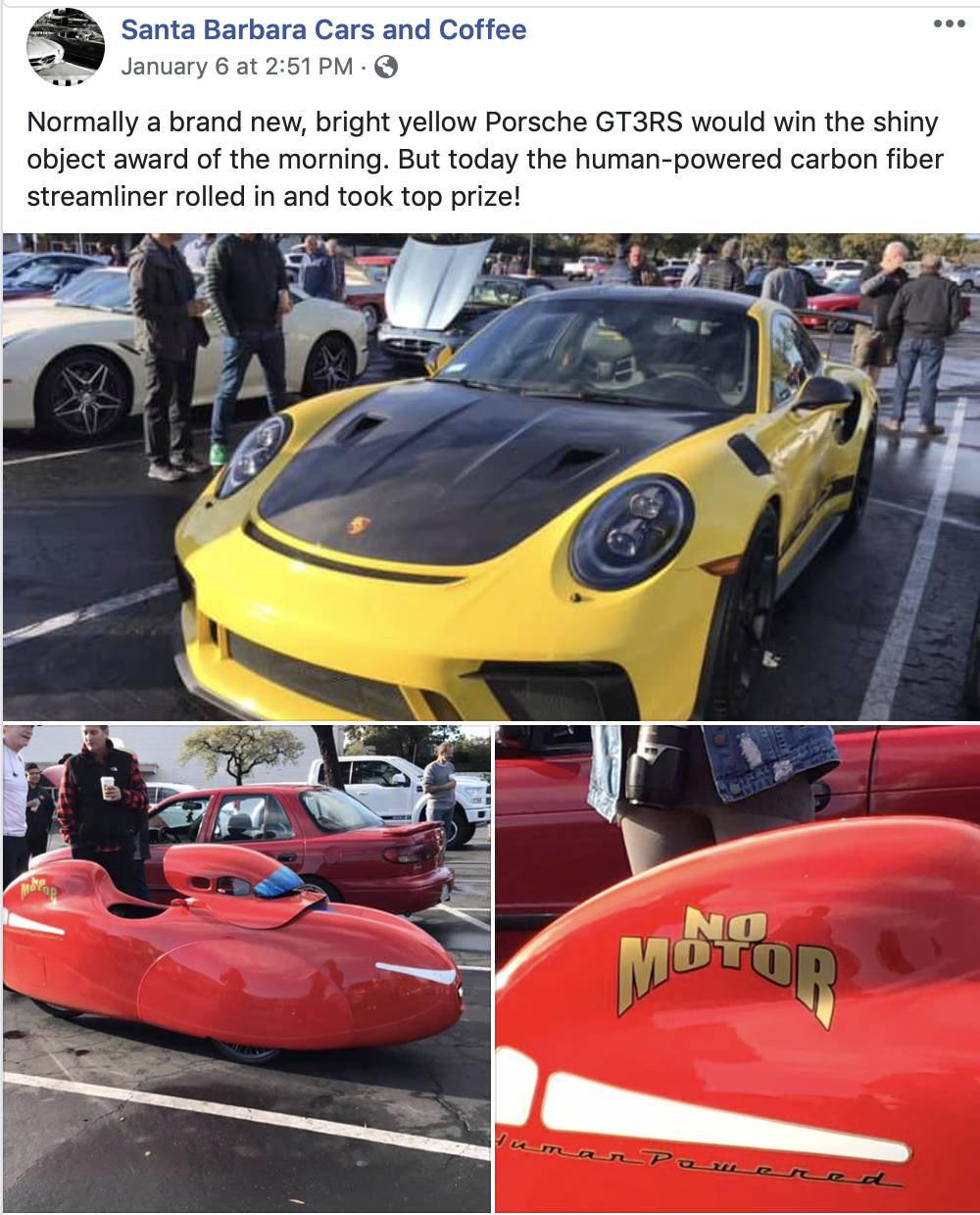Here are some notes about receiving and setting up the WAW:
Shipping
The only surprise in the shipping process was that I was contacted by Katanga’s freight forwarder when the WAW arrived at LAX asking for information about my freight forwarder to arrange the transition through US Customs. I didn’t know what a freight forwarder was. After a couple of calls, I found a company near Los Angeles that did a good job working with Katanga’s freight forwarder to take care of everything very quickly. The WAW was delivered to my house only a couple of days later. There was no damage to the crate nor to the WAW. The crate is very nice. I have put it into storage for future use. I recently built a crate for a Milan. Mine was not nearly as nice and it was a lot heavier.
Drive Components
I purchased the WAW without drive components so that I could use my own. Installing the drive train was very straight forward. It’s so easy to work on. I had a small problem with the bottom bracket. The threads were not cut very cleanly. I don’t have bottom bracket taps so I took it to my local bike shop and had them run the taps through it again to clean up the threads. Not a big deal. It was a little tricky to install the chain but it didn’t take long once I figured out how to do it. I had purchased the wrong front derailleur. I had assumed that it would be the clamp on type as was the case on the DF and the Milan. So I had to order a braze-on type derailleur. This was my fault for not noticing this in the photos. Again, this was not a big problem.
Bodywork
The quality of the carbon fiber work is excellent. I make some of my own carbon fiber parts and I have to work harder to match this level of quality. The gel coat is beautiful – except for the nose. For some reason, a section of the nose was not polished correctly so it was very dull, still having fine scratches. It stood it out next to the rest of the polished gel coat on the main body. I believe that I will be able to polish it to match the rest of the WAW.
Setup
The seating and boom length were set almost perfectly. Even the mirrors were adjusted correctly. I checked the front end alignment and it was perfect. The electrical system works perfectly. It is obvious that Katanga does a good job testing everything before it leaves the factory.
Ginkgo Front Wheels
I paid extra to upgrade the front wheels to Ginkgo wheels and machined drums. I removed the front tubes to replace them with latex tubes. I was surprised how difficult it was to get the Pro One tires to seat on this model of Ginkgo rims. I had to use soapy solution and a lot of pressure to get them to seat properly. I have not had this problem with other wheels from Ginkgo. I’ve added a small bottle of soapy solution to my toolkit in case I have a flat on a road. However, I doubt that I can get enough pressure using the small travel pump to seat the tires in this situation. I’ll have to use a CO2 cartridge pump.
Ride
I took it for a short 10 mile ride yesterday. It was very comfortable. It handles great through the fast turns. I didn’t feel any tendency to lift the wheel. It felt comparable to my DFXL and Milan GT in that respect. The lack of rear suspension was hardly noticeable on this particular ride. We’ll see if it bothers me on future rides outside of my local roads. My top speed was only about 30mph, but at that speed it felt very stable. I have had several side stick steering trikes in the past. The steering motion took very little effort. I was surprised by how much effort it takes to move the levers on the WAW. I see that the reason for this is that the pivot position is very high up the stick so that there is not much leverage to move the stick. It’s not a problem, just different than I had expected. It won’t be a problem.







